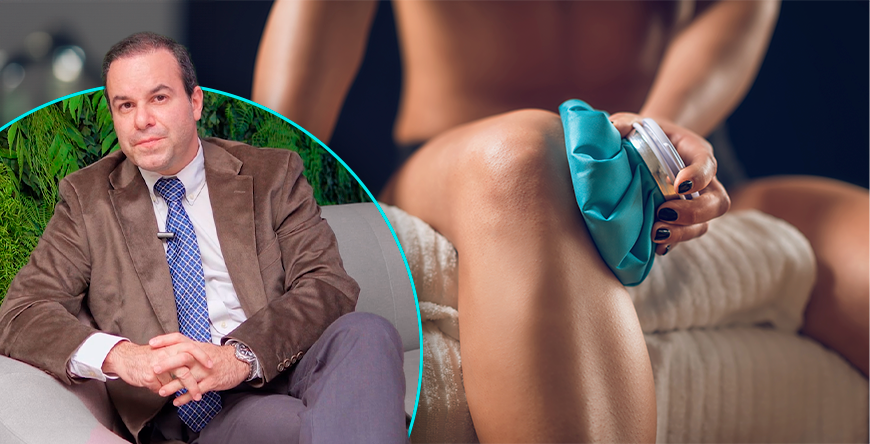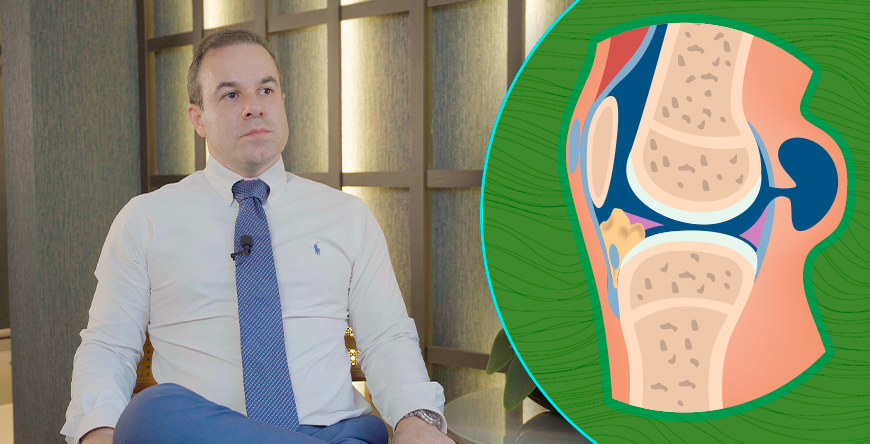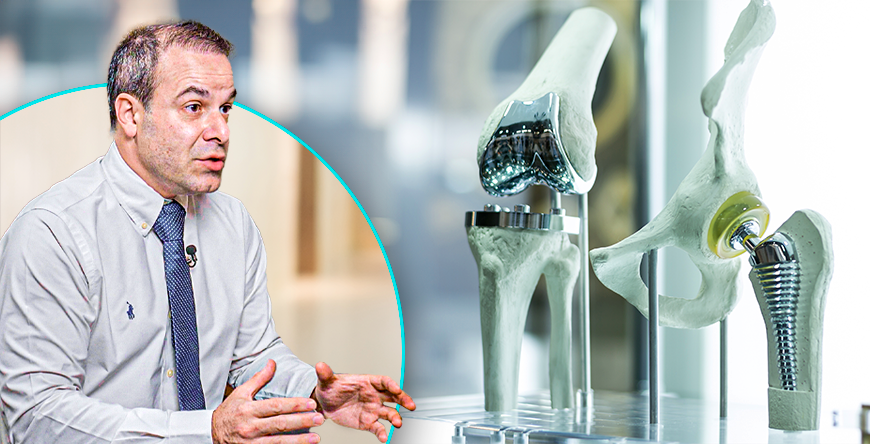Artigos e Notícias
Home / Artigos e Notícias

Postado por: Dr Diego Astur
Publicação de artigo: “ Biomechanical Comparison of Vertical Mattress and Cross-stitch Suture Techniques and Single- and Double-Row Configurations for the Treatment of Bucket-Handle Medial Meniscal Tears.” American Journal of Sports Medicine
Background:Given the variety of suturing techniques for bucket-handle meniscal repair, it is important to assess which suturing technique best restores native biomechanics.Purpose/Hypothesis:To biomechanically compare vertical mattress and cross-stitch suture techniques, in single- and double-row configurations, in their ability to restore native knee kinematics in a bucket-handle medial meniscal tear model. The hypothesis was that there would be no difference between the vertical mattress and cross-stitch double-row suture techniques but that the double-row technique would provide significantly improved biomechanical parameters versus the single-row technique.Study Design:Controlled laboratory study.Methods:Ten matched pairs of human cadaver knees were randomly assigned to the vertical mattress (n = 10) or cross-stitch (n = 10) repair group. Each knee underwent 4 consecutive testing conditions: (1) intact, (2) displaced bucket-handle tear, (3) single-row suture configuration on the femoral meniscus surface, and (4) double-row suture configuration (repair of femoral and tibial meniscus surfaces). Knees were loaded with a 1000-N axial compressive force at 0°, 30°, 60°, 90°, and 120° of flexion for each condition. Resultant medial compartment contact area, average contact pressure, and peak contact pressure data were recorded.Results:Intact state contact area was not restored at 0° (P = .027) for the vertical double-row configuration and at 0° (P = .032), 60° (P< .001), and 90° (P = .007) of flexion for the cross-stitch double-row configuration. No significant differences were found in the average contact pressure and peak contact pressure between the intact state and the vertical mattress and cross-stitch repairs with single- and double-row configurations at any flexion angles. When the vertical and cross-stich repairs were compared across all flexion angles, no significant differences were observed in single-row configurations, but in double-row configurations, cross-stitch repair resulted in a significantly decreased contact area, average contact pressure, and peak contact pressure (all P < .001).Conclusion:Single- and double-row configurations of the vertical mattress and cross-stitch inside-out meniscal repair techniques restored native tibiofemoral pressure after a medial meniscal bucket-handle tear at all assessed knee flexion angles. Despite decreased contact area with a double-row configuration, mainly related to the cross-stitch repair, in comparison with the intact state, the cross-stitch double-row repair led to decreased pressure as compared with the vertical double-row repair. These findings are applicable only at the time of the surgery, as the biological effects of healing were not considered.
Todos os comentários
Escreva um comentário
Comentário enviado com sucesso.
Aguarde à aprovação do mesmo!
Houve um erro ao enviar seu comentário.


